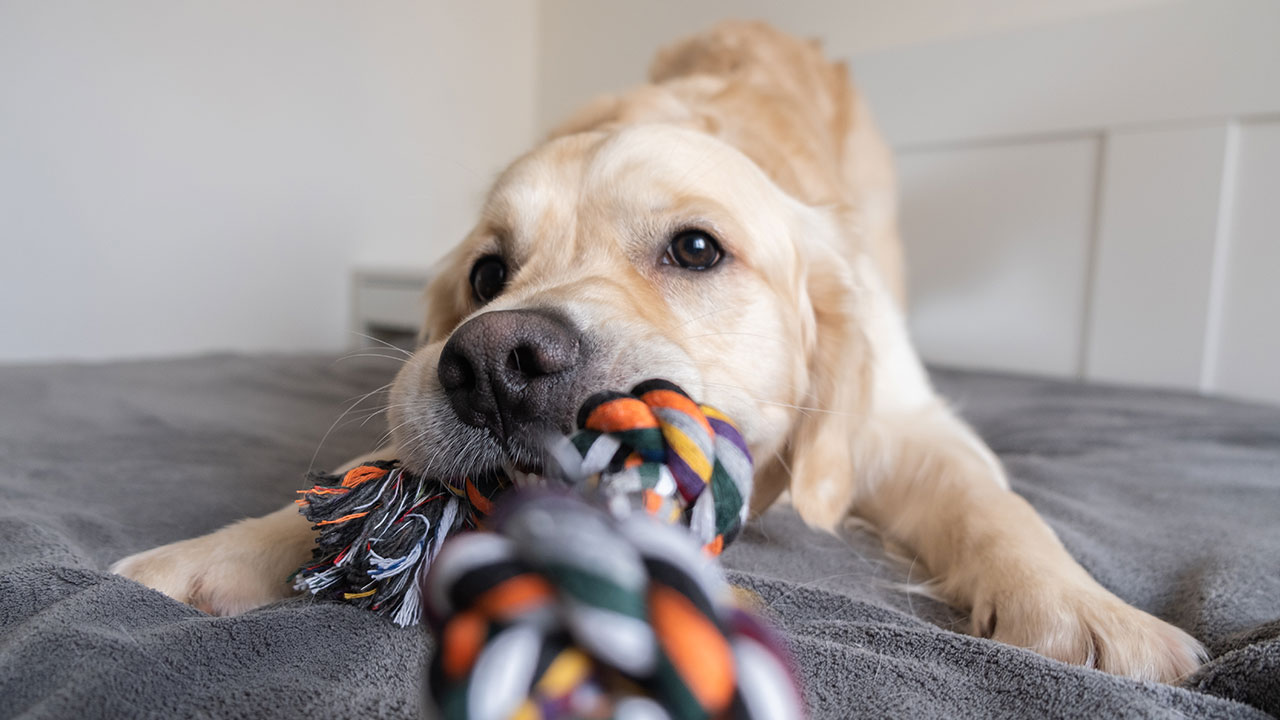People go to great lengths to keep pests out of their home, and for good reason: pests destroy peace and happiness. More importantly, they jeopardise the safety and well-being of all members of your family. It’s hard enough when you can see direct evidence of these intruders, but when they’re small, it becomes an entirely different, exhausting battle. Take the Brown Dog Tick, for instance. When your home becomes infested with those critters, there’s a good chance you won’t even know it until thousands of them are thriving in your home. Most people think that ticks are an outdoor nuisance during warm weather, but the Brown Dog Tick can spend its entire life cycle indoors. This is one tick that would rather cozy up inside your four walls than live in the wild. Your home offers the Brown Dog Tick everything it needs to complete its life cycle in as few as three months, so it’s important to know what you’re up against before this creature gets inside.
Like all ticks, the Brown Dog Tick is a parasite. To survive, it must consume a blood-meal from a host. The Brown Dog Tick prefers to feed on—you guessed it—dogs and dogs of all colours, not just brown dogs. This doesn’t mean that it won’t feed on you or your family. It most certainly will. It just means that if there’s a dog in the house, the Brown Dog Tick will thrive because unlike other types of ticks, the Brown Dog Tick is more than happy to feed on the same host during all stages of its life cycle. Different kinds of ticks prefer to feed on mammals, birds, reptiles, and amphibians, and their life cycle can take up to three years to complete if they complete it at all. The Brown Dog Tick is considered a three-host tick, which means that it will go through three different stages: larva, nymph, and adult. At each stage, the tick must feed once before leaving the host and then entering the next stage of its life cycle. With each stage in your house, the Brown Dog Tick does not need to overwinter between stages and can complete its life cycle more rapidly. When a tick reaches its final stage as an adult, it can mate and lay up to 4,000 eggs. Yes, you read that correctly, 4,000 eggs…in your home.

When the Brown Dog Tick is ready to lay eggs, she will crawl and climb into any crack or crevice she can find. You probably won’t see her eggs in the middle of the kitchen floor or on the seat of your favorite chair; in fact, you probably won’t find her eggs at all. She heads straight for dark, secluded areas where her eggs won’t be disturbed. If you do look for eggs, you may find them on top of kennels, ledges or in cracks and crevices in the floor or walls throughout your home. Usually, people are not aware of the infestation until the Brown Dog Tick population grows so large that ticks can be seen crawling across floors or up walls. This is just one of the reasons why it’s so essential to prevent the Brown Dog Tick from getting inside because they are tough to eradicate once they start reproducing.
Aside from the sheer disgust you may feel from imagining ticks crawling across your floor and up your walls, there is the genuine risk that these ticks can transmit diseases when they are feeding. Sometime after an infected tick latches onto a host and begins to consume a blood meal, it can pass whatever parasites or bacteria it is carrying onto the new host. Infected ticks can transmit more than one disease at a time. The Brown Dog Tick carries and spreads Anaplasmosis, Ehrlichiosis, Babesiosis and Bartonellosis possibly putting everyone in the house at risk for illnesses that range from mild to severe.
You can see why it’s essential to not host dinner for the Brown Dog Tick in the first place. While the Brown Dog Tick is most likely to latch onto your dog when he or she is outside, it may also latch on other places where dogs like to hang out together, such as dog parks. Although you
might think it’s impossible to protect your dog in places like these, it’s not. There are many different types of tick-prevention treatments available. The key is to choose the kind that will kill ticks wherever they try to feed on your dog.
Looking for a Vet?
Your veterinarian plays a big role in your pet’s health. Input your location information and get a list of veterinarians near you.
Find A Vet Near Me





 Go To United States
Go To United States Austria
Austria Belgium
Belgium Czech Republic
Czech Republic Denmark
Denmark Europe
Europe Finland
Finland France
France Germany
Germany Greece
Greece Hungary
Hungary Ireland
Ireland Israel
Israel Italy
Italy Netherlands
Netherlands Norway
Norway Poland
Poland Portugal
Portugal Romania
Romania Saudi Arabia
Saudi Arabia Slovakia
Slovakia Spain
Spain Sweden
Sweden Switzerland
Switzerland Turkey
Turkey United Kingdom
United Kingdom